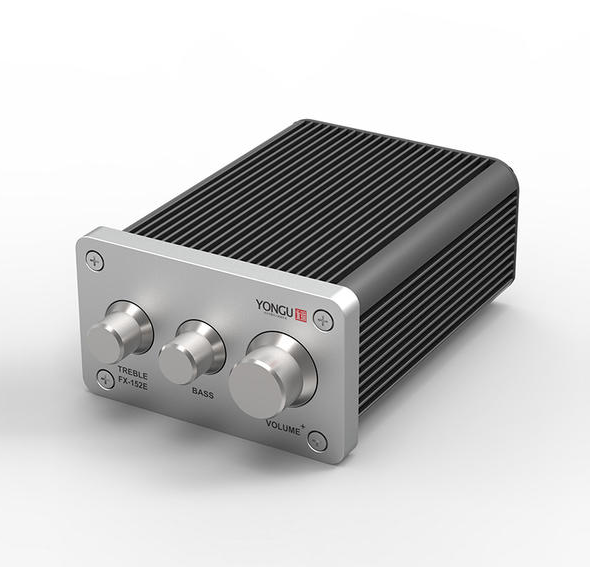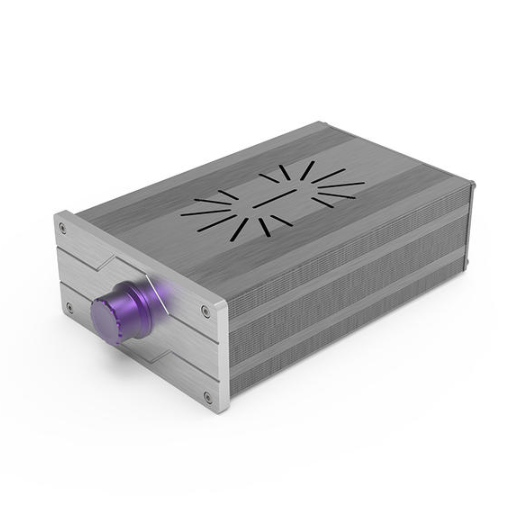Amplifier enclosures play a pivotal role in shaping the quality and depth of audio output in any sound system. Understanding the nuances of various enclosure types, their characteristics, and how they align with your specific needs is crucial in creating an immersive audio experience. This comprehensive guide aims to demystify amplifier enclosures, enabling you to make an informed decision when selecting the perfect one for your setup.
Introduction to Amplifier Enclosures
Amplifier enclosures serve as housings for speakers, providing essential support while significantly influencing sound quality. These enclosures are available in various configurations, each impacting sound differently. The primary types include sealed enclosures, ported (vented) enclosures, bandpass enclosures, and transmission line enclosures.
Understanding Amplifier Enclosure Types
Before selecting the amplifier enclosure, you need to clearly understand the types of the amplifier enclosures.
●Sealed Enclosures
Sealed enclosures, known for their airtight construction, provide accurate and tight bass responses. Their design prevents air from escaping the enclosure, offering precise control over the speaker's movement. While they require less power, they might not produce the booming bass found in other types.
●Ported (Vented) Enclosures
Ported enclosures utilize a vent or port to enhance low-frequency output. By allowing air to move in and out of the enclosure, they produce louder and deeper bass compared to sealed enclosures. However, they require larger sizes and careful tuning to prevent distortion.
●Bandpass Enclosures
Bandpass enclosures employ a two-chamber design to emphasize a specific range of frequencies, producing powerful and focused sound within that range. While they offer high efficiency, they can be complex to design and might lack versatility in handling various frequencies.
●Transmission Line Enclosures
Transmission line enclosures use a labyrinth-like structure to manage sound waves, resulting in a more extended and controlled bass response. They offer enhanced efficiency and low-end extension but often demand more space and intricate construction.
Steps to Selecting the Right Amplifier Enclosure
In this section, the author would guide you to choose the right amplifier enclosure.
Assessing Your Needs and Preferences
Understand your sound requirements, preferred volume levels, and the type of music you enjoy. Consider your budget constraints and the overall expectations from your audio system. This step helps set a baseline for what you're looking for in an enclosure.
Researching Enclosure Types
There are various enclosure designs like sealed, ported, bandpass, etc. Each has its own advantages and trade-offs. For instance, sealed enclosures often provide better accuracy but might lack in bass, while ported enclosures offer more bass but might sacrifice some accuracy. Dive into detailed research about each type, considering how they align with your preferences and system requirements.
Consulting Experts and Reviews
Seek advice from audio professionals or enthusiasts who have experience with different enclosure types. They can offer valuable insights based on real-world usage. Additionally, explore credible reviews online or in magazines to gather more perspectives and information. Consider both expert opinions and user experiences.
Testing and Auditioning
Nothing beats firsthand experience. Visit audio stores or expos where you can audition different amplifier enclosures. Listen to various setups with different enclosure types to understand how they sound in real-world scenarios. This step is crucial as it allows you to match the theoretical knowledge from research with practical listening experiences.
Conclusion
All in all, by following these steps, you can make a more informed decision when selecting an amplifier enclosure that best suits your needs, preferences, and budget. Remember, the goal is to find the right balance between sound quality, desired volume levels, musical preferences, and affordability.





